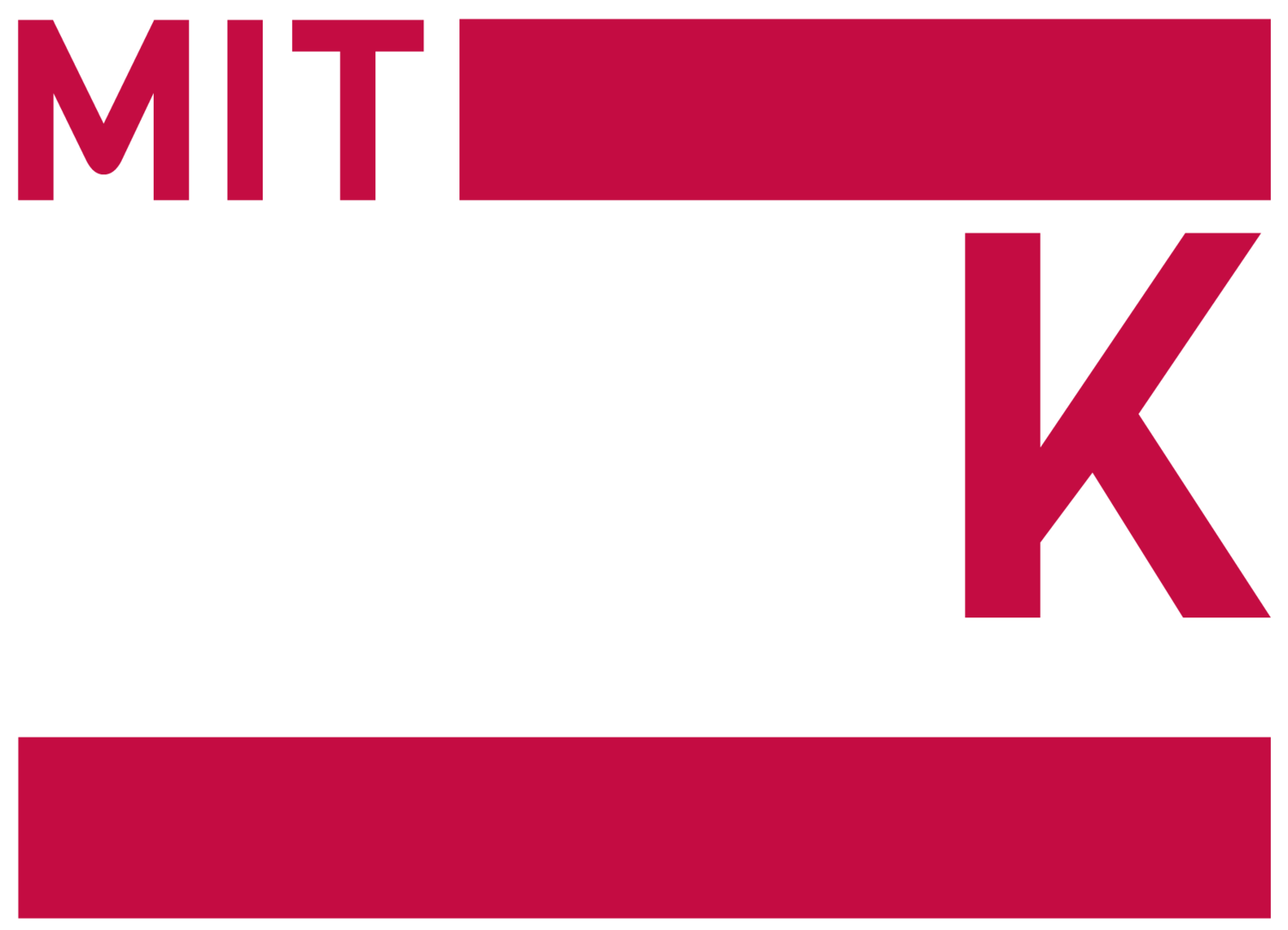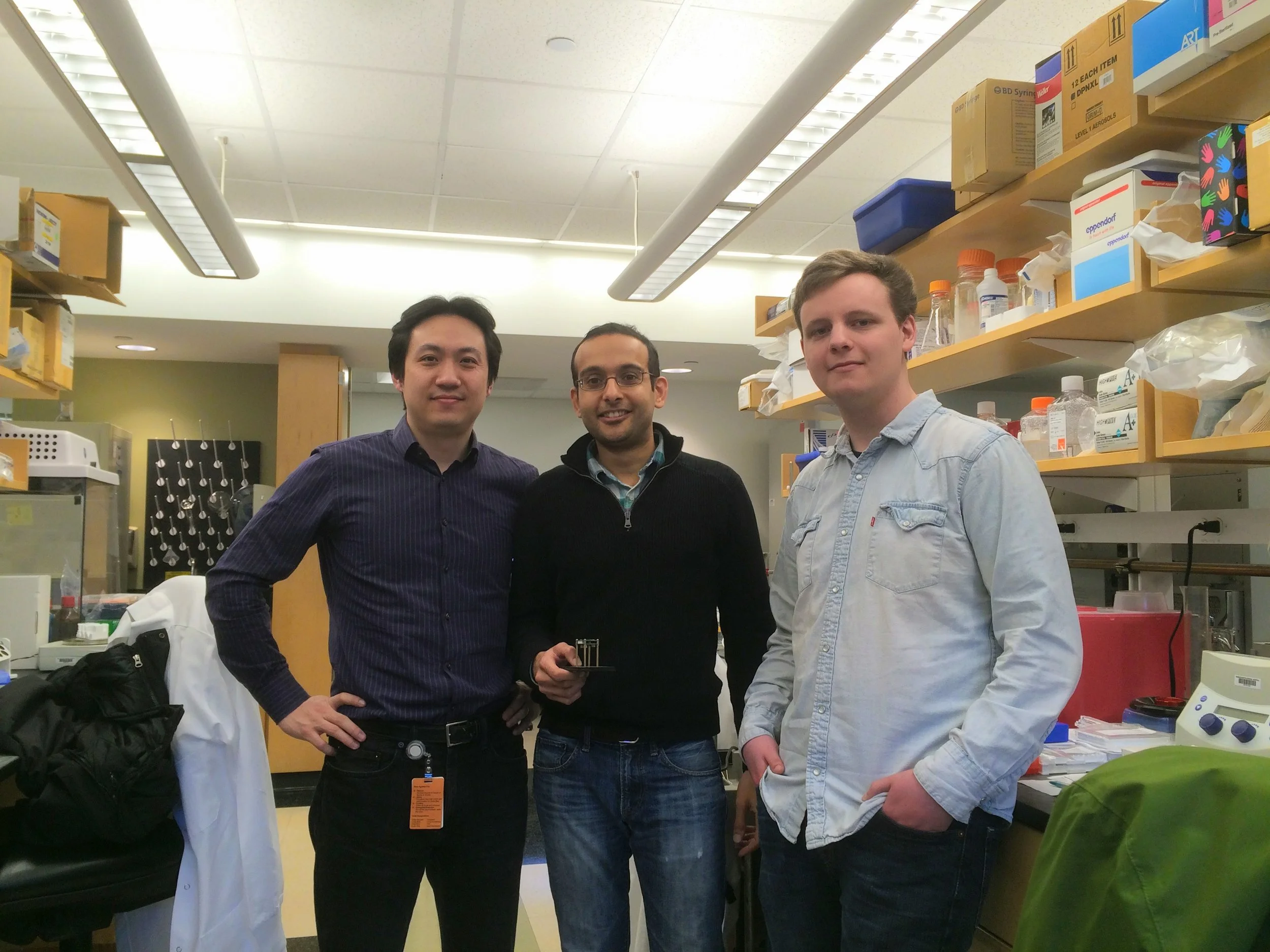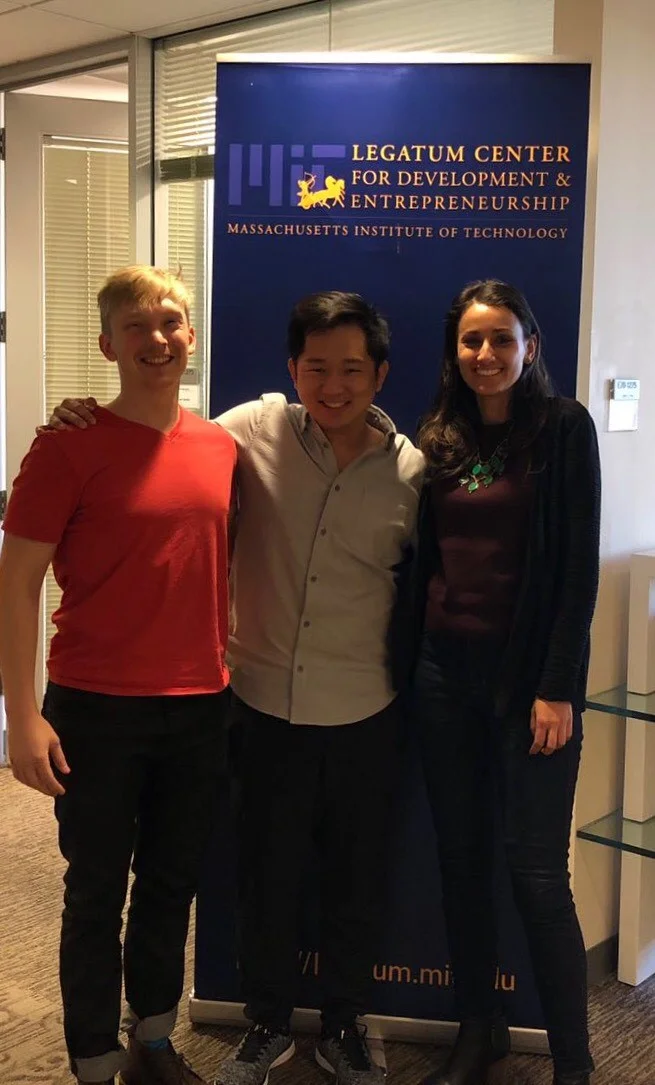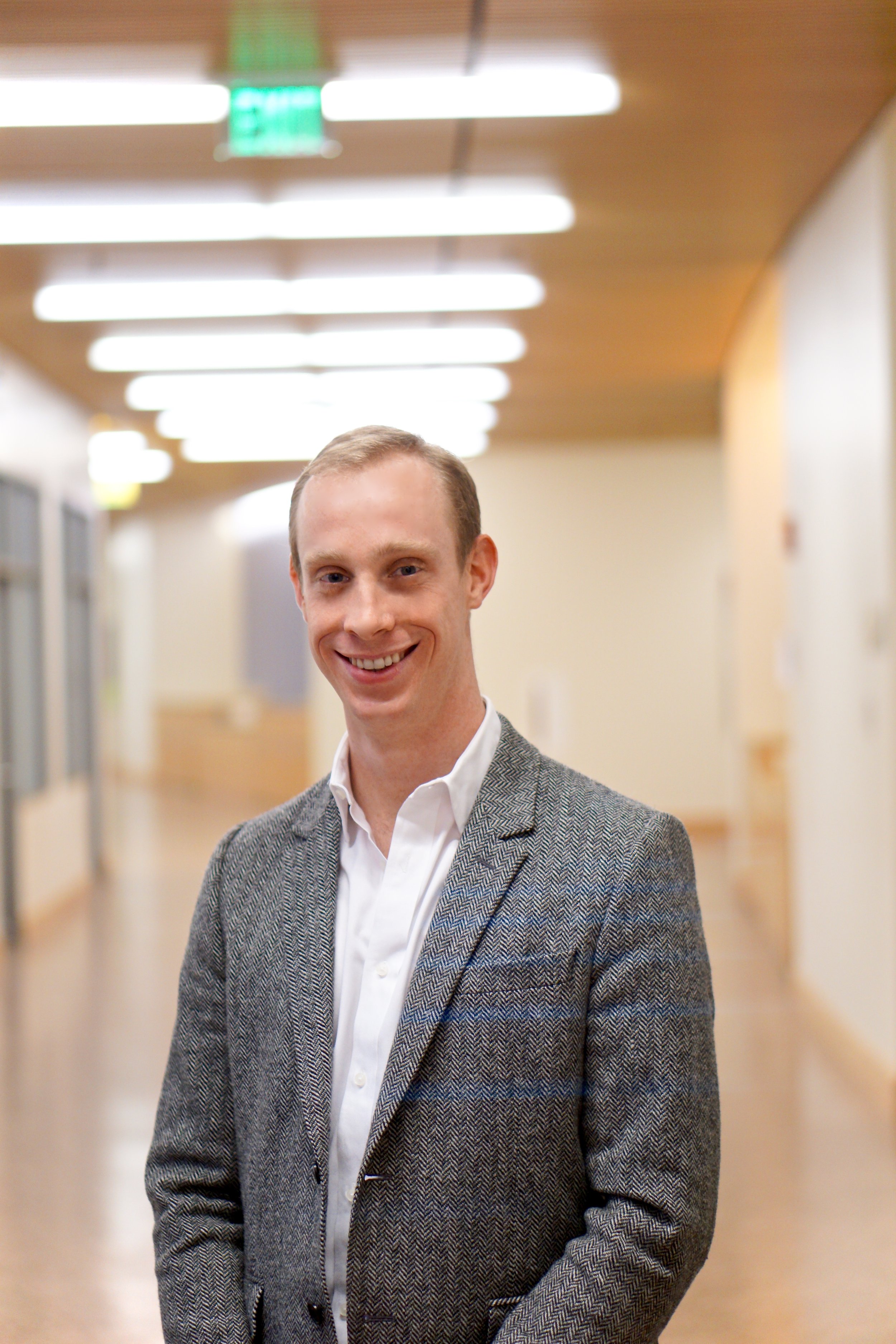Congratulate MIT $100K LAUNCH 2018 semi-finalists!
After two weeks of intense judging, we are pleased to announce the 35 semi-finalists of this year's LAUNCH competition! From Agriculture to Material Sciences, Tech to Design, BioTech to CleanTech, discover their elevator pitches.
AgTech
- Arable - Arable helps farmers optimize tilling practices, leading to
more efficient and sustainable farming techniques.
BioTech
- Iterative Scopes - Iterative Scopes uses data analytics and advanced
computing techniques to narrow health care disparities.
- Bloomer Health Tech - Bloomer is revolutionizing cardiovascular
disease management and prevention for women by combining
medical-grade sensors, data analytics, health management and
patient-physician empowerment via every day, ordinary clothing that
collects extraordinary data.
- Flow Suit - Flow Suit uses both electronic muscle stimulation and a
passive brace in order to provide manual leg control to paraplegics,
giving them mobility, independence, and self-sufficiency.
- Mechanodontics - Mechanodontics is making a new type of braces
for orthodontic treatment that reduces the overall treatment time by
half, cut the number of visits to the clinician by 75%, and reduces
overall pain while also increasing oral hygiene.
- Karuna Health - Karuna is a personal advisor and assistant that
leverages automation and custom-built patient experience tools for
families with complex health needs.
- DeepCure - DeepCure is developing a transformative AI technology to screen, generate, and optimize drug candidates thousands of times faster, cheaper, and more accurately than the current state-of-the-art, reversing the rapid decline in drug development effectiveness.
- Orfactory - Orfactory designs and produces a handheld medical device that can detect and identify cancer cells in real-time to support neurosurgeons using 5-ALA during brain surgery, thereby increasing the survival rate and life expectancy of patients.
- Leuko - Leuko is developing the first non-invasive device for early identification of dangerously low level of white blood cells that can enable physicians to personalize chemotherapy planning, improving efficacy and safety of treatments.
- synXpro - synXpro utilizes symbiotic bacteria from the human microbiome as vehicles for more sustained and tissue-targeted delivery of therapeutic proteins.
- C16 Biosciences - C16 Biosciences use synthetic biology to brew palm oil from microbes, creating a cheaper, sustainable palm oil replacement that can capture value and protect the environment.
- Strand Therapeutics - Strand Therapeutics has built the genetic programming language of RNA to precisely control the expression of RNA therapeutics and deliver truly revolutionary treatments.
- ConquerX - ConquerX is developing a pan-cancer test through a simple, customizable, accurate liquid biopsy test - the Metachip. Metachip is a unique multi-analyte platform able to simultaneously detect DNA, proteins, and microRNAs on the same sample.
- E25Bio - E25Bio is providing the missing tool in the world's battle against infectious diseases: an inexpensive self-administered test strip with unprecedented accuracy coupled with data analytics to inform public response.
- Aavia - Aavia invented a patent-pending IoT device for the Birth Control Pill blister pack. The user simply stores her usual blister pack in the device and it recognizes if she hasn't taken her Pill by her daily set time and sends customizable reminders to her phone until she actually takes it. This will keep the 10M US women who take the Birth Control Pill from missing a dose again, reducing stress and the associated 1M annual unintended pregnancies.
- X-COR Therapeutics - X-COR CO2 removal cartridges are a minimally invasive, procedurally simple, safer and cheaper CO2 removal device that enables outpatient treatment of respiratory failure at low blood flows like dialysis.
Tech/Platforms
- OZÉ - Founded by Meghan McCormick, OZÉ is the business insights engine in the pocket of every African entrepreneur. It is a mobile app that aggregates and analyzes transaction data to push context-specific recommendations to business owners to improve their operations.
- Tactile - Tactile is the first dedicated text-to-Braille converter that aims to increase information accessibility for the visually impaired community. With Tactile, users can scan any printed text and read the resulting Braille on demand.
- 360TRUCK - 360TRUCK is an online logistics marketplace that ensure that trucks drive with a full shipment both ways in ASEAN with a unique matching algorithm and predictive analytics.
- Deepbench - Deepbench unlocks the world's knowledge by connecting those who have expert insights with those who need them via an AI powered technology platform.
CleanTech
- Infinite cooling - Infinite Cooling has developed a technology that uses electric fields to recover water from the evaporative losses of cooling towers so that the same water can be used again and again.
Material Tech
- Crystal Sonic - Crystal Sonic uses sound to atomically cut wafers 10x cheaper and 20x faster than the currently used method of sawing. Crystal Sonic will enable manufacturers to create better and more reliable devices at a substantially lower cost.
- TerraVation - TerraVation uses cost-effective polymer technology to develop highly durable and waterproofed soil roads, thereby building reliable and long lasting means of rural connectivity.
EdTech
- T-var EdTech - The Read Read is a patent pending physical device that allows blind students to independently learn phonics and braille and gain the early literacy that is prerequisite to academic and professional success.
- STEMgem - STEMgem is an Internet of Things device that is directly connected to an online programming environment to let young learners create a build-it-yourself wearable smart device. STEMgem's mission is to engage teenage girls in the STEM fields.
FinTech
- Zippi - Zippi helps the 70 million Brazilians have difficulty getting credit because they lack the necessary documentation by using cell phone data and behavioral tests to measure default risk in novel ways, providing loans that are 4-5x cheaper than competitors.
- Context - Context is a crowdsourced Bloomberg for emerging economies, using predictions from locals to forecast asset prices for investors, governments and industry.
- Waffle - Waffle leverages data science capabilities and a proprietary risk model to turn the insurance model upside down by insuring you through one policy, providing cheaper, comprehensive protection that places the customer at the center of the proposition.
- Coconut - Coconut allows consumers holding any cryptocurrency to make direct purchases everywhere: at real-world merchants, online retailers, and across blockchains. Consumers choose any cryptocurrency to pay with, and businesses have the option to receive payment in fiat currency with no volatility.
- Kivio - Kivio is leveraging Blockchain-based solutions to reengineer the ocean-freight contracting process for one of the biggest tanker ship-owning companies. Their products will make the industry more efficient, saving cost and time.
Design
- Anantara - Anantara addresses the dual challenges of forest degradation and limited economic opportunities in the Western Ghats in India by helping indigenous forest communities create luxury designer furniture from a rapidly invasive plant (Lantana Camara).
Engineering
- Zilper Trenchless - Zilper Trenchless has developed innovative technology to create versatile and cost-effective equipment, rendering their trenchless technology the best option for infrastructure contractors.
- AirWorks - AirWorks makes aerial data accessible and useful to decision-makers in the built environment. We provide automated analytics such as site plans and building models through AI that allow developers and engineers to yield time and cost efficiencies as well as to identify and eliminate build errors.
- New Day - New Day is a smart employment platform providing job-matching and professionalizing skills to entry-/mid-level (blue-collar and services) workers in Southeast Asia. We are focusing on Southeast Asia (and Myanmar in particular) because it has the highest smartphone penetration and mobile internet usage in the world.”.










